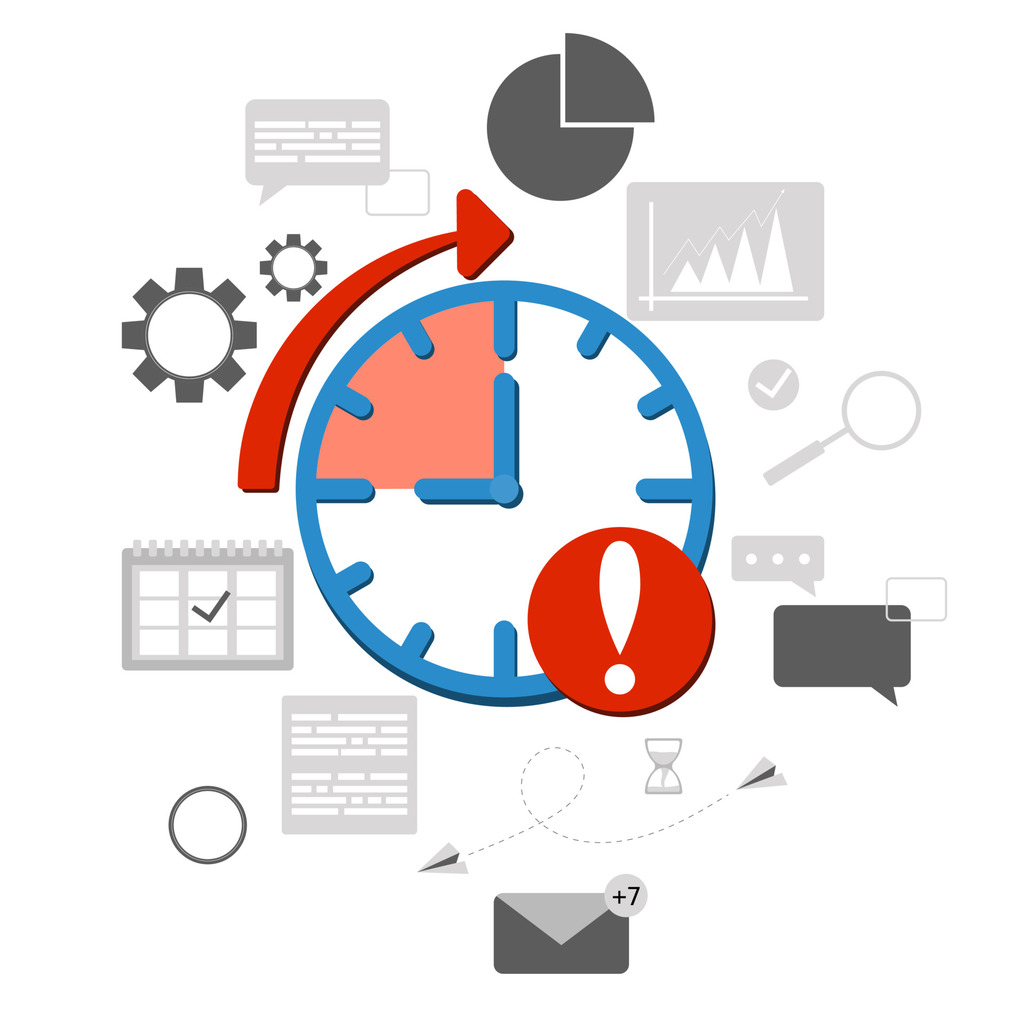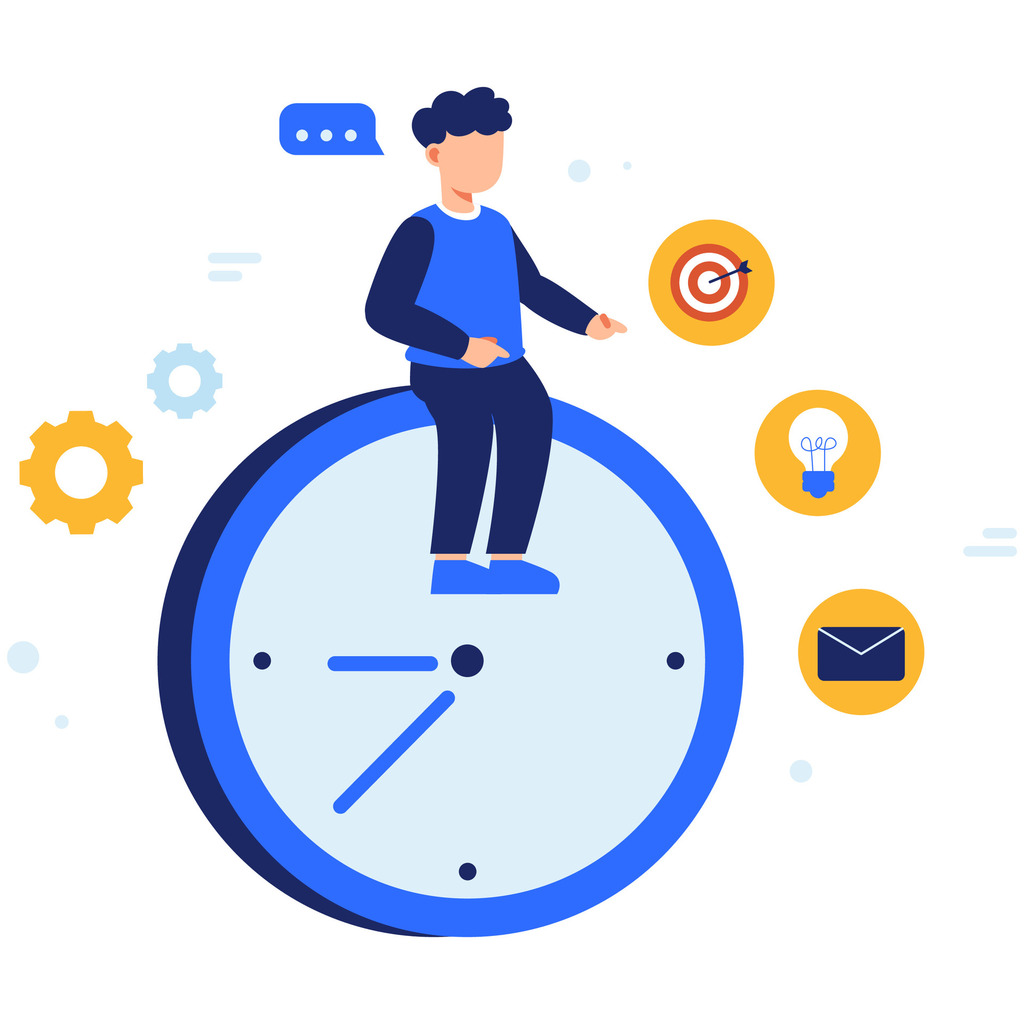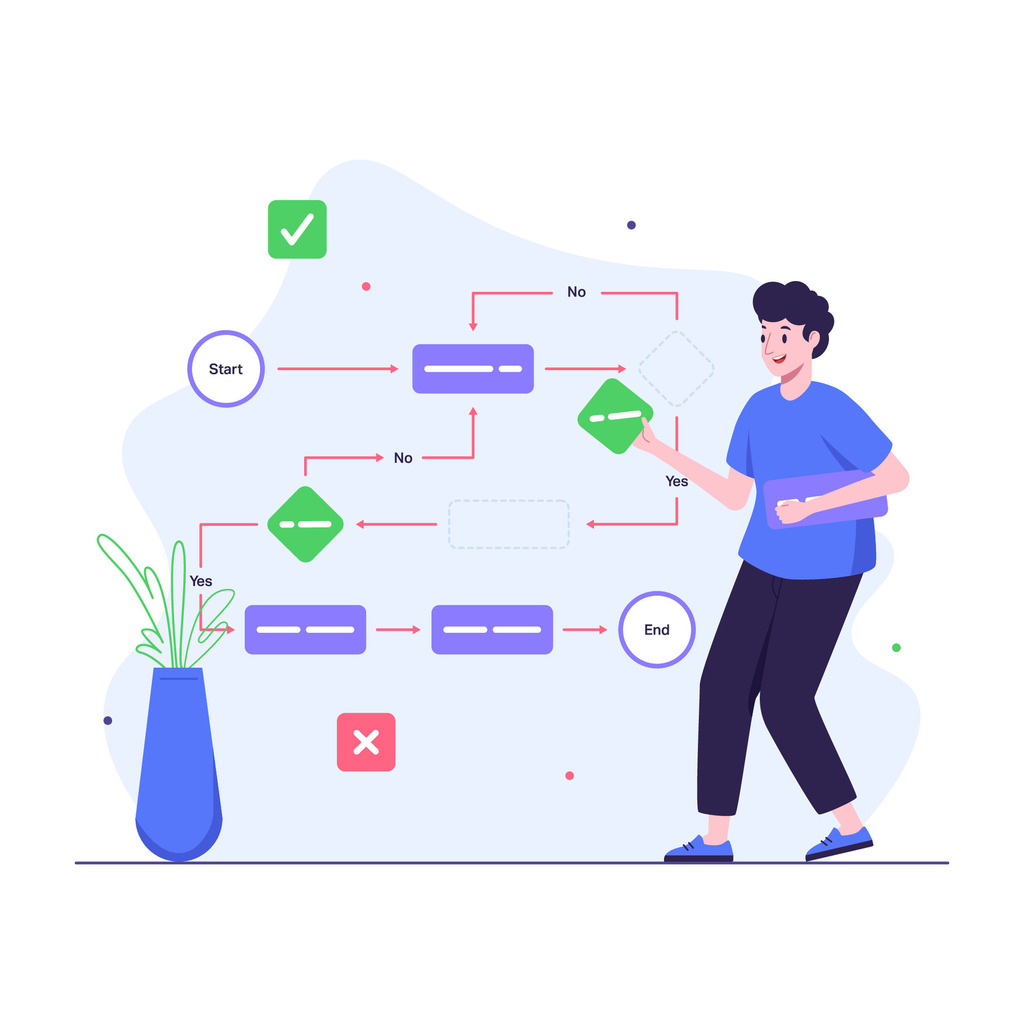Optimize Support with First Response And Resolution Time Tracking Guide

Exceptional customer service starts with speed. Research shows 90% of customers demand immediate responses when seeking assistance, making operational efficiency a competitive necessity. Tracking initial reply and problem-solving metrics directly impacts satisfaction levels, team productivity, and brand loyalty.
Strategic analysis of these performance indicators reveals hidden inefficiencies. Common issues like outdated training materials, fragmented communication tools, or unclear escalation protocols often delay resolutions. By measuring interactions systematically, organizations pinpoint exactly where improvements generate the most value.
This approach transforms support teams into proactive problem-solvers. Real-time data empowers managers to allocate resources effectively, refine workflows, and set realistic benchmarks. The result? Consistently high-quality service that builds trust and reduces customer churn.
Key Takeaways
- Immediate engagement drives 90% of customer satisfaction rates
- Performance metrics expose workflow gaps in training and technology
- Data-driven insights optimize resource allocation and scripting
- Baseline measurements enable continuous operational refinement
- Proactive strategies reduce escalations and repeat inquiries
Overview of Customer Support Messaging Trends
Messaging platforms dominate as customers seek faster, more casual interactions. Traditional phone queues and email chains now compete with live chat systems and SMS interfaces that mirror personal communication styles. This shift reflects consumer preferences: 42% choose messaging apps over other channels for conversational customer service.
The Evolution of SMS and Live Chat Support
Phone support once ruled customer service, but mobile behavior changed the game. Studies show people check devices 96 times daily, making SMS ideal for quick exchanges. Unlike email’s delayed back-and-forth, texts resolve issues during commutes or coffee breaks.
“Customers expect support to fit into their daily routines, not disrupt them.”
| Channel | Average Speed | Convenience Score* | Engagement Rate |
|---|---|---|---|
| 6-12 hours | 68/100 | 22% | |
| Phone | 8-15 minutes | 74/100 | 41% |
| SMS | Under 3 minutes | 89/100 | 67% |
| Live Chat | Instant connection | 93/100 | 81% |
How Messaging Channels Enhance Engagement
Real-time tools create dialogue-driven solutions. Support agents share screenshots or video guides through chat windows, reducing confusion. One retail brand cut response time by 53% using pre-built macros for common queries.
Messaging also reduces operational costs. Automated routing directs complex issues to specialists while bots handle simple tasks. This balance maintains human touchpoints without overwhelming teams.
Understanding the Role of First Response Time in Customer Service

Immediate acknowledgment sets the tone for successful customer interactions. When a support team addresses inquiries swiftly, it builds trust and prevents frustration escalation. Metrics like first response time and average response time reveal critical insights into operational effectiveness.
What Separates First Response From Ongoing Support Metrics?
First response time tracks the duration between a customer’s initial message and the agent’s first reply. Research links faster replies to 18% higher customer satisfaction scores and 23% improved loyalty rates. This metric acts as a diagnostic tool, exposing gaps in staffing schedules or training programs.
“Teams maintaining sub-10-minute first response times see 40% fewer escalations than slower responders.”
Measuring Initial Engagement Versus Continuous Dialogue
Unlike average response time—which calculates all reply speeds throughout a conversation—first response metrics focus solely on initial contact resolution. Consider these contrasts:
| Metric | Focus Area | Impact on Satisfaction |
|---|---|---|
| First Response Time | Initial acknowledgment speed | Sets interaction expectations |
| Average Response Time | Ongoing conversation pace | Affects issue resolution confidence |
Businesses excelling in both areas reduce repeat inquiries by 31%. Automated routing systems help teams meet first reply targets while maintaining quality standards for complex cases.
Benefits of Optimized Customer Service Responses
Proactive support strategies lay the foundation for measurable growth and customer retention. When teams resolve issues in under 42 seconds—a benchmark for top performers—they demonstrate operational precision while fostering trust. This speed-to-value ratio directly influences satisfaction metrics, with 68% of customers reporting higher loyalty to brands that prioritize rapid solutions.
Driving Business Outcomes Through Speed
Swift resolutions create compound benefits. Companies maintaining sub-minute reply speeds see 31% fewer repeat inquiries and 19% higher average order values. Customer satisfaction scores become predictable when response efficiency aligns with consumer expectations. One logistics firm increased its net promoter score by 40 points after optimizing reply protocols.
“Speed in service isn’t just efficiency—it’s empathy in action.”
Operational agility also impacts revenue streams. Brands with optimized customer support workflows report 27% lower churn rates compared to slower competitors. Real-time tools like AI routing ensure complex cases reach specialists without delay, balancing speed with expertise.
The ripple effects extend beyond individual interactions. Clients receiving consistent quick responses become brand advocates, driving organic growth through referrals. This loyalty loop reduces acquisition costs while cementing market position—a great way to outpace rivals in crowded industries.
Implementing First Response And Resolution Time Tracking in Your Operations

Modern support teams require precision-engineered metrics to maintain service excellence. Selecting the right support software transforms raw data into actionable insights, turning ticket management into strategic advantage.
Building Metrics That Mirror Reality
Platforms like Zendesk automate tracking through built-in analytics. These systems calculate initial reply speed using a simple formula: total reply durations divided by ticket volume during a defined period. Most teams measure resolved cases to avoid skewing data with incomplete interactions.
“Teams using automated metric tracking resolve 28% more tickets weekly than those relying on manual calculations.”
Median calculations prove invaluable for accuracy. Unlike averages, they neutralize extreme outliers—like a 3-hour delay during system outages—that distort performance reports. This approach reveals true agent capabilities under normal conditions.
Integration with existing tech stacks ensures seamless data flow. Real-time dashboards highlight bottlenecks as they occur, letting managers reroute tickets or adjust staffing instantly. Automated reports deliver weekly performance snapshots to leadership teams, enabling swift strategy updates.
Key implementation steps include:
- Configuring software to track resolved vs. pending cases
- Establishing median-based reporting protocols
- Syncing metrics with team training programs
These practices create self-improving customer support ecosystems. When metrics align with operational realities, organizations achieve sustainable service quality improvements.
How-To Guide for Integrating Messaging Automation
Businesses revolutionizing customer service adopt instant acknowledgment systems. Automated replies confirm receipt within seconds while freeing agents to wrap up previous conversations. This approach reduces pressure on support teams while maintaining engagement momentum.
Effective automation begins with customizable templates. Platforms like Intercom allow companies to embed knowledge base links directly into initial messages. One telecom provider reduced repetitive inquiries by 34% using this tactic alongside intelligent routing protocols.
“Organizations using layered automation see 41% faster ticket resolution than manual-only operations.”
| Automation Feature | Implementation Action | Business Impact |
|---|---|---|
| Autoresponders | Set instant confirmation messages | 38% lower inquiry abandonment |
| Self-Service Links | Embed help center shortcuts | 29% ticket deflection rate |
| Skill-Based Routing | Assign complex cases automatically | 53% faster escalations |
Balancing automation requires strategic design. Overuse risks impersonal interactions, while underuse strains resources. Top performers allocate 60-70% of initial contacts to bots while reserving nuanced issues for human experts.
Continuous refinement ensures systems adapt to changing needs. Monthly reviews of response time data and customer feedback identify optimization opportunities. Retail brands using this approach maintain 89% satisfaction rates despite handling 50% more queries annually.
Leveraging Support Software for Timely Responses

Advanced technology bridges the gap between customer expectations and operational capabilities. Unified platforms combine automation with human expertise, enabling teams to meet modern demands for rapid, personalized service. This synergy reduces friction while maintaining the authenticity clients crave.
Utilizing Automation Rules and Macro Templates
Platforms like Gorgias transform repetitive tasks into strategic advantages. Pre-built macros infused with dynamic variables—such as [Customer first name] or [Last order number]—maintain personalization at scale. One eCommerce brand reduced reply drafting by 62% using tailored templates for common inquiries.
“Companies using intelligent macros see 47% faster resolution cycles compared to manual scripting.”
Automation rules handle routine decisions effortlessly. Urgent tickets mentioning “refund” or “delivery failure” automatically jump queue priorities. This ensures critical issues reach specialized support agents within seconds, not hours.
Integrating Live Chat, SMS, and Social Media Channels
Modern consumers switch between devices and platforms seamlessly. Support software unifies these touchpoints into a single dashboard. Live chat conversations coexist with SMS threads and social media DMs, eliminating channel-specific silos.
| Channel | Average Reply Speed | Customer Preference |
|---|---|---|
| SMS | 2.1 minutes | 38% |
| Live Chat | 42 seconds | 54% |
| Social Media | 8 minutes | 29% |
Multimedia capabilities enhance problem-solving efficiency. Agents attach screenshots to WhatsApp messages or embed video guides in Facebook Messenger replies. This visual approach slashes response time by clarifying instructions that text alone might confuse.
Unified systems also streamline internal workflows. Teams manage all interactions through one interface while CRM automation strategies sync customer histories across channels. The result? Consistent service quality whether clients message via Twitter DMs or SMS.
Streamlining Support Ticket Prioritization and Categorization
Not all support tickets demand equal urgency. A stolen credit card report requires faster action than a discount inquiry. Smart categorization separates critical issues from routine questions, letting teams allocate resources where they matter most.
Strategic Tagging for Precision Routing
Automated systems classify tickets using intent keywords like “fraud alert” or “damaged shipment.” VIP customers and unresolved cases get priority flags. This approach ensures specialists handle complex problems while bots manage repetitive tasks.
“Companies using intelligent ticket tagging resolve high-priority issues 59% faster than manual sorting methods.”
| Priority Criteria | Action Trigger | Impact on Resolution |
|---|---|---|
| Fraud Reports | Immediate agent assignment | 78% faster resolution |
| VIP Status | Dedicated support channel | 92% satisfaction rate |
| Open >24 Hours | Manager escalation | 45% reduction in delays |
Dual queue systems separate urgent tickets from standard requests. This prevents critical cases from drowning in high-volume inquiries. Teams using this method achieve 88% compliance with service-level agreements.
Automated deflection routes common questions to knowledge bases. One retail chain reduced simple inquiries by 37% using AI-powered suggestions. Complex cases reach human agents through skill-based routing, maintaining quality without sacrificing speed.
Creating Effective Support Agent Workflows

Streamlined workflows empower support teams to deliver consistent service excellence. By equipping agents with precise protocols and adaptive training, organizations transform chaotic ticket management into predictable, high-quality interactions.
Building Knowledge Foundations Through Design
Comprehensive training programs give support agents everything needed to resolve issues swiftly. Role-playing exercises using real customer scenarios prepare teams for diverse challenges, from billing disputes to technical troubleshooting.
Clear escalation guidelines eliminate guesswork. When agents know exactly when to involve specialists, delays drop by 41%. Regular script updates ensure alignment with evolving customer service standards and product changes.
Effective workflows balance structure with flexibility. Standardized templates handle 80% of common inquiries, freeing agents focus for complex cases requiring creative solutions. This approach maintains rapid response time benchmarks while nurturing problem-solving skills.
Organizations excelling in workflow design see 29% higher customer satisfaction scores. Continuous improvement cycles—backed by performance data—keep teams agile in dynamic service environments.

